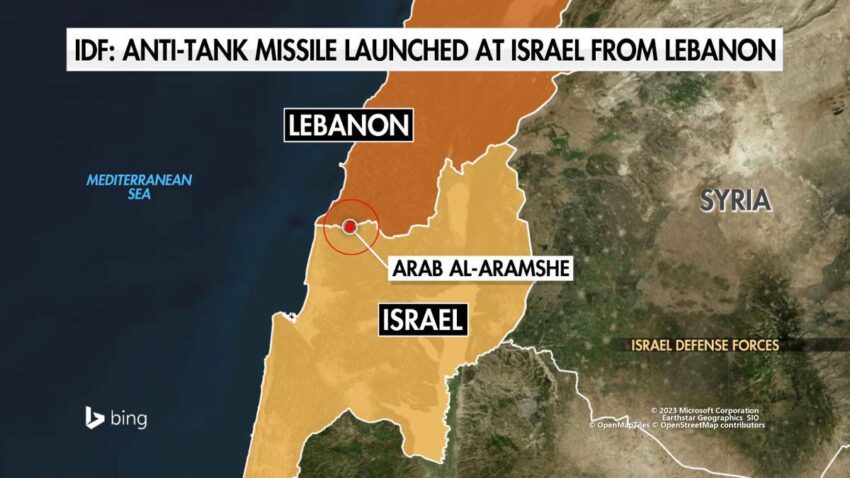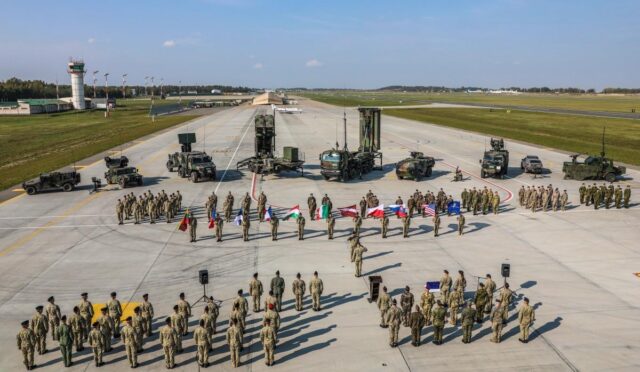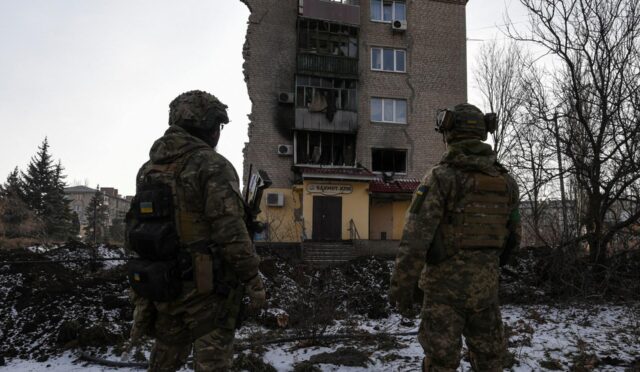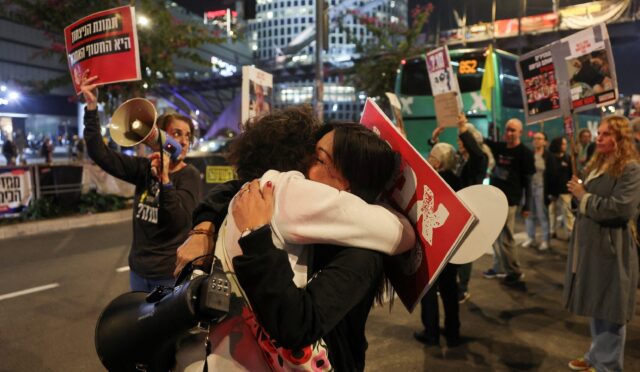Syria’s New Approach to Israel Relations
On Friday, Syria made a significant announcement regarding its approach to relations with Israel. The Syrian government expressed its willingness to cooperate with the United States to reinstate the 1974 disengagement agreement with Israel. This agreement established a United Nations-patrolled buffer zone aimed at separating the armed forces of the two nations. Syrian Foreign Minister Asaad al-Shaibani confirmed this intention following a telephone conversation with U.S. Senator Marco Rubio, highlighting Damascus’s aspiration for a collaborative effort to restore peace.
This announcement comes as Washington intensifies its diplomatic efforts to facilitate a normalization deal between Syria and Israel. U.S. envoy Thomas Barrack recently emphasized the importance of achieving peace in the region. He confirmed that significant discussions, mediated by the U.S., are currently underway between Syrian and Israeli representatives to resolve their long-standing conflict.
Israel’s Military Actions and Their Implications
The backdrop of this evolving diplomatic landscape includes a series of military actions by Israel in Syria, particularly following the ousting of long-term Syrian leader Bashar al-Assad last December. Israel has conducted numerous airstrikes targeting Syrian military positions and has positioned its troops within the Golan Heights buffer zone, actions considered by the UN to violate the established disengagement agreement. Historically, since the conflict’s inception in 1948, the two nations have not maintained formal diplomatic relations, further complicating the current situation.
Despite the aggressive military posture taken by Israel, the new Syrian leadership has refrained from direct retaliation. Instead, they have acknowledged engaging in indirect negotiations with Israel, suggesting a willingness to mitigate tensions and explore avenues for peace, despite the lack of formal recognition between the two nations.
Focus on the Iranian Influence
A significant factor in the complexity of Syrian-Israeli relations is the perceived threat from Iran. Israel captured about two-thirds of the Golan Heights during the 1967 Arab-Israeli War, subsequently annexing the territory in 1981, a move that only the United States recognizes. A disengagement line was established in the aftermath of the 1973 conflict, creating an 80-kilometer-long UN-patrolled buffer zone designed to separate Israeli-occupied territory from Syria-controlled lands.
Recently, Israeli Foreign Minister Gideon Saar highlighted Israel’s interest in normalizing relations not only with Syria but also with Lebanon. However, he firmly stated that the Golan Heights will remain a part of Israel in any prospective peace agreement. Meanwhile, Syrian state media cautioned that discussions surrounding a peace agreement at this time may be premature, reflecting the complexity and sensitivity of the negotiations.
Potential Diplomatic Meetings and Future Collaborations
In a promising turn of events, Sybani received a formal invitation during his call with Rubio to visit Washington as soon as possible. This invitation suggests an eagerness from both sides to engage in further dialogue. They also discussed the potential participation of Syrian Interim President Ahmed al-Sharaa at the upcoming United Nations General Assembly, though confirmation from the UN remains pending. Notably, Shaibani had previously made an appearance at the UN headquarters in April to present Syria’s new national flag.
Another topic of concern addressed during the call was the Iranian influence in Syria. The Syrian government conveyed its growing worry over Iran’s involvement in Syrian affairs, particularly in light of recent strikes associated with escalating tensions between Iran and Israel. Given Iran’s historical support for Assad’s regime during the ongoing civil conflict, its role remains a critical issue in the region.







